Contact Us
Contact Us
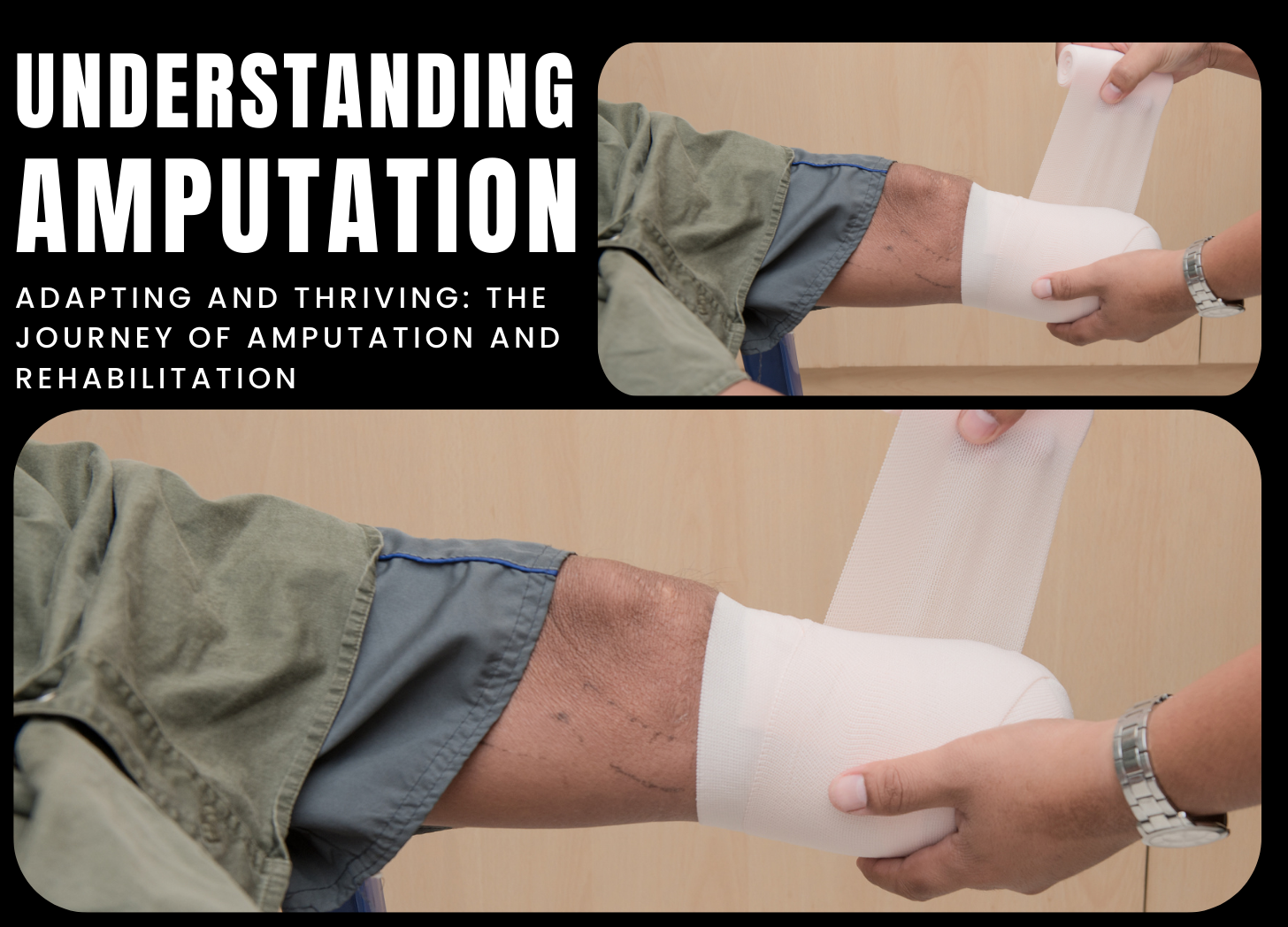
12 Mar 2024
Amputation is the surgical removal of a limb or a portion of a limb caused by injury, disease, or another medical condition. It is a life-altering treatment that can have significant physical, emotional, and psychological consequences for individuals. Amputations may be required to remove damaged tissue, stop the spread of infection, relieve chronic pain, or improve mobility and quality of life. Amputation may be required for a variety of causes, including traumatic injuries such as severe crush injuries, burns, or accidents that cause irreparable damage to the limb. Peripheral artery…
READ MORE
11 Mar 2024
Depression is a prevalent mental health illness characterized by persistent feelings of sadness, hopelessness, and a loss of interest in formerly enjoyable activities. It can have an influence on people of all ages and backgrounds, affecting their emotional health, relationships, and general quality of life. While occasional feelings of melancholy are common, depression is characterized by long-term symptoms that can severely affect everyday functioning. Depression symptoms vary from person to person, but may include persistent sadness, feelings of emptiness or worthlessness, irritability, loss of interest in hobbies or activities, changes…
READ MORE
08 Mar 2024
Falls are a major public health concern, especially among older persons, and can cause catastrophic injuries, restricted mobility, and a lower quality of life. Falls can occur due to a variety of factors, including environmental dangers, medical disorders, drug side effects, and changes in physical function. However, many falls can be avoided with proactive measures and interventions focused at lowering risk factors and enhancing safety. One of the most important fall prevention measures is to undertake a thorough assessment of the individual's risk factors for falling. This may entail assessing…
READ MORE
07 Mar 2024
Infections are a vast class of illnesses caused by microorganisms such bacteria, viruses, fungi, and parasites. These infections can enter the body by a variety of pathways, including the respiratory tract, gastrointestinal tract, skin, or mucous membranes, triggering an immune response and resulting in sickness. Infections can range from mild and self-limiting to severe and life-threatening, depending on the pathogen, the individual's immunological state, and any underlying health issues. Infection symptoms vary according to the pathogen and the affected body system. Typical symptoms include fever, chills, exhaustion, cough, sore throat,…
READ MORE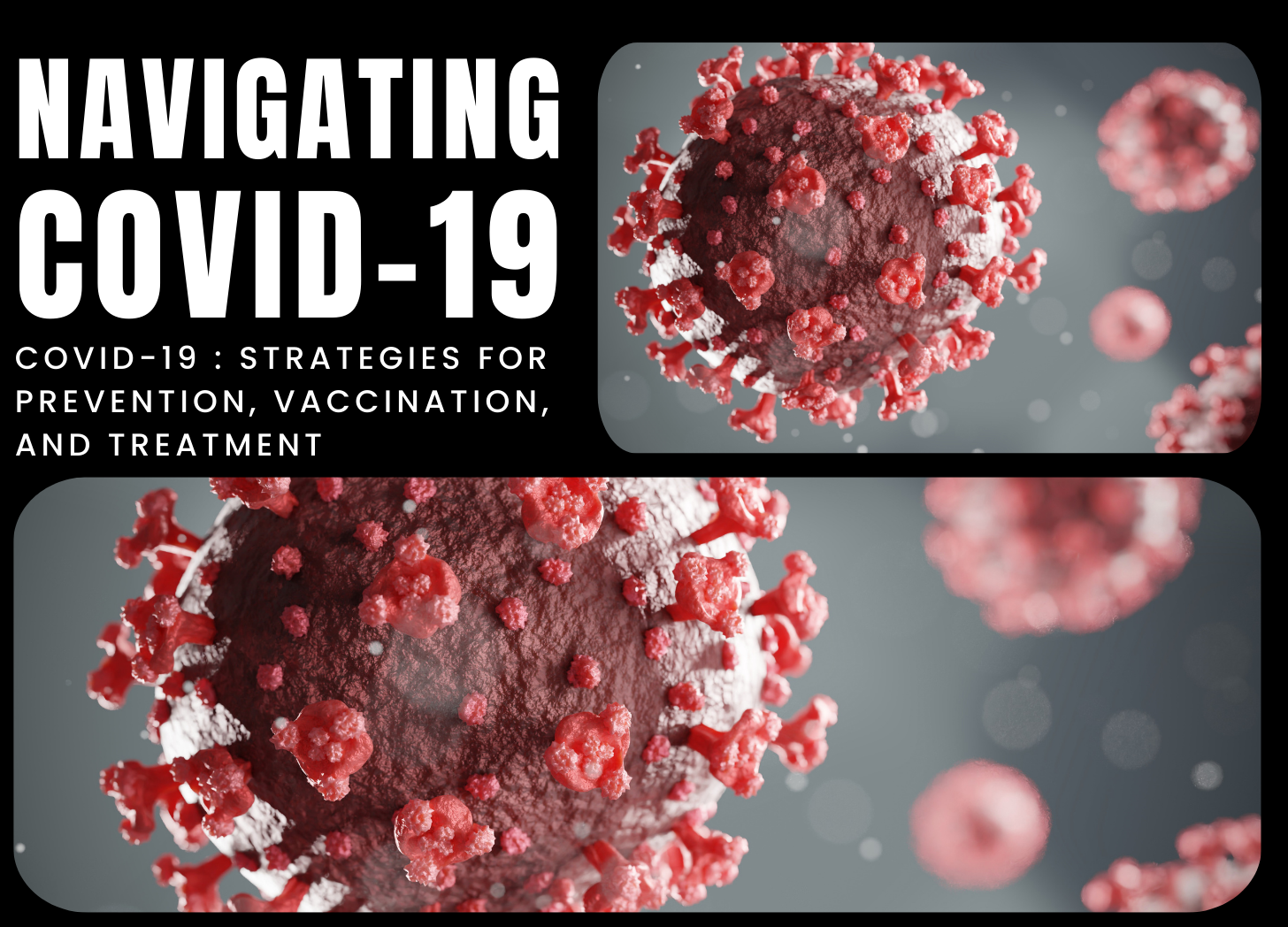
06 Mar 2024
The COVID-19 pandemic, which was caused by the new coronavirus SARS-CoV-2, has had a significant global impact, affecting millions of people and economies. This respiratory virus spreads mostly by respiratory droplets produced when an infected person coughs, sneezes, or speaks, making it extremely contagious. COVID-19 symptoms can range greatly, ranging from mild respiratory symptoms to severe sickness and death. Typical symptoms include fever, cough, shortness of breath, exhaustion, muscle or body aches, loss of taste or smell, sore throat, congestion, nausea, and diarrhea. Some people may remain asymptomatic carriers, unintentionally…
READ MORE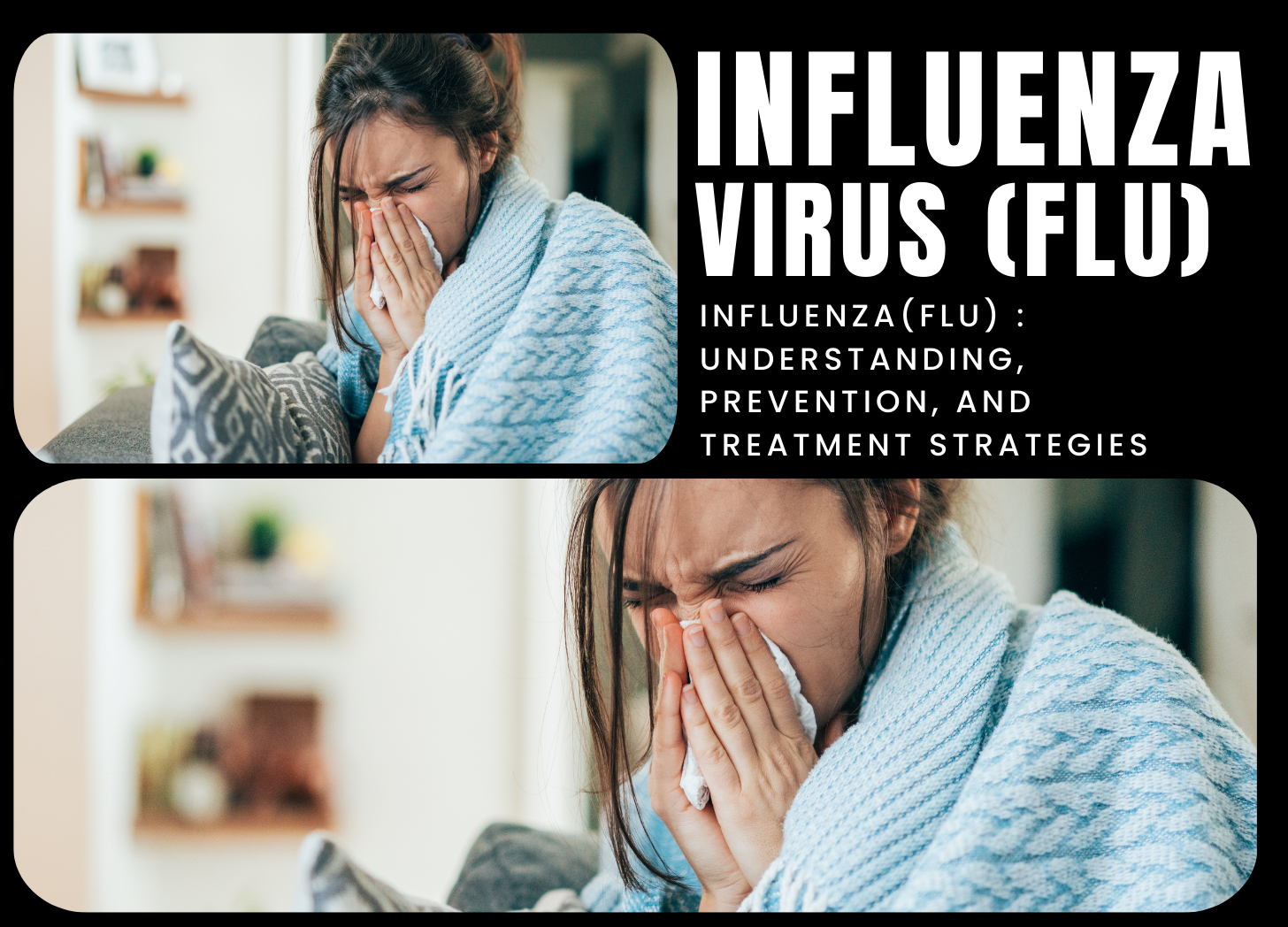
05 Mar 2024
Influenza, also known as "the flu," is a highly contagious respiratory infection caused by influenza viruses. It affects millions of people globally each year, causing considerable morbidity and, in some cases, death. The flu viruses are divided into three types: A, B, and C, with influenza A and B viruses causing seasonal flu outbreaks. Influenza C viruses typically produce milder respiratory symptoms. The intensity of influenza symptoms varies and may include fever or chills, cough, sore throat, runny or stuffy nose, muscle or body pains, headaches, exhaustion, and, in some…
READ MORE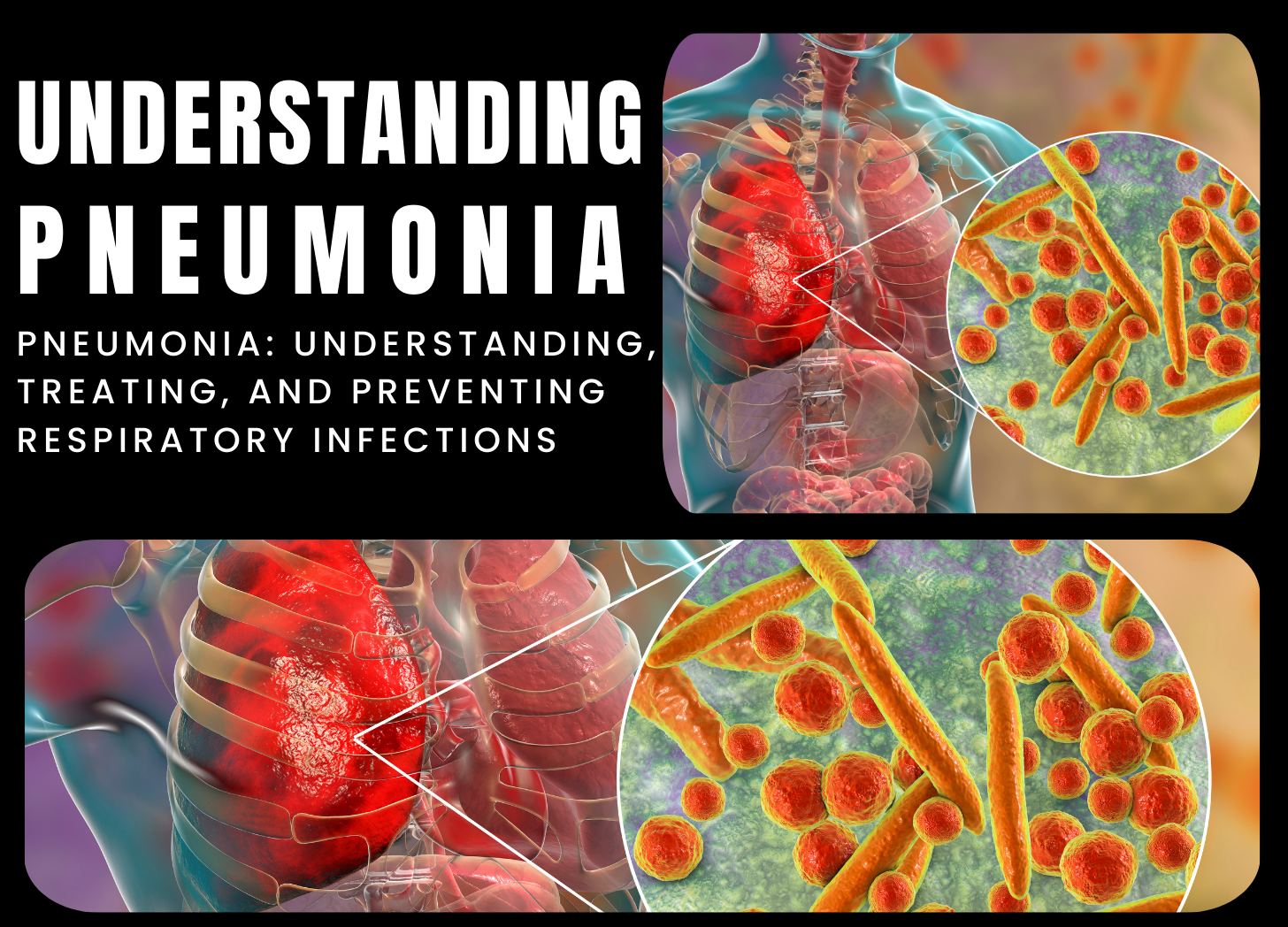
04 Mar 2024
Pneumonia is a frequent and potentially deadly respiratory infection of the lungs. Bacteria, viruses, fungi, and other microbes can all cause inflammation and fluid buildup in the lungs' air sacs. This illness can range from moderate to severe and may necessitate medical treatment, depending on the individual's age, overall health, and the causative cause. Bacterial infection is a leading cause of pneumonia, with Streptococcus pneumoniae being the most prevalent bacterium. Other bacteria, including Haemophilus influenzae and Mycoplasma pneumoniae, can also cause pneumonia. Influenza viruses, respiratory syncytial virus (RSV), and adenoviruses…
READ MORE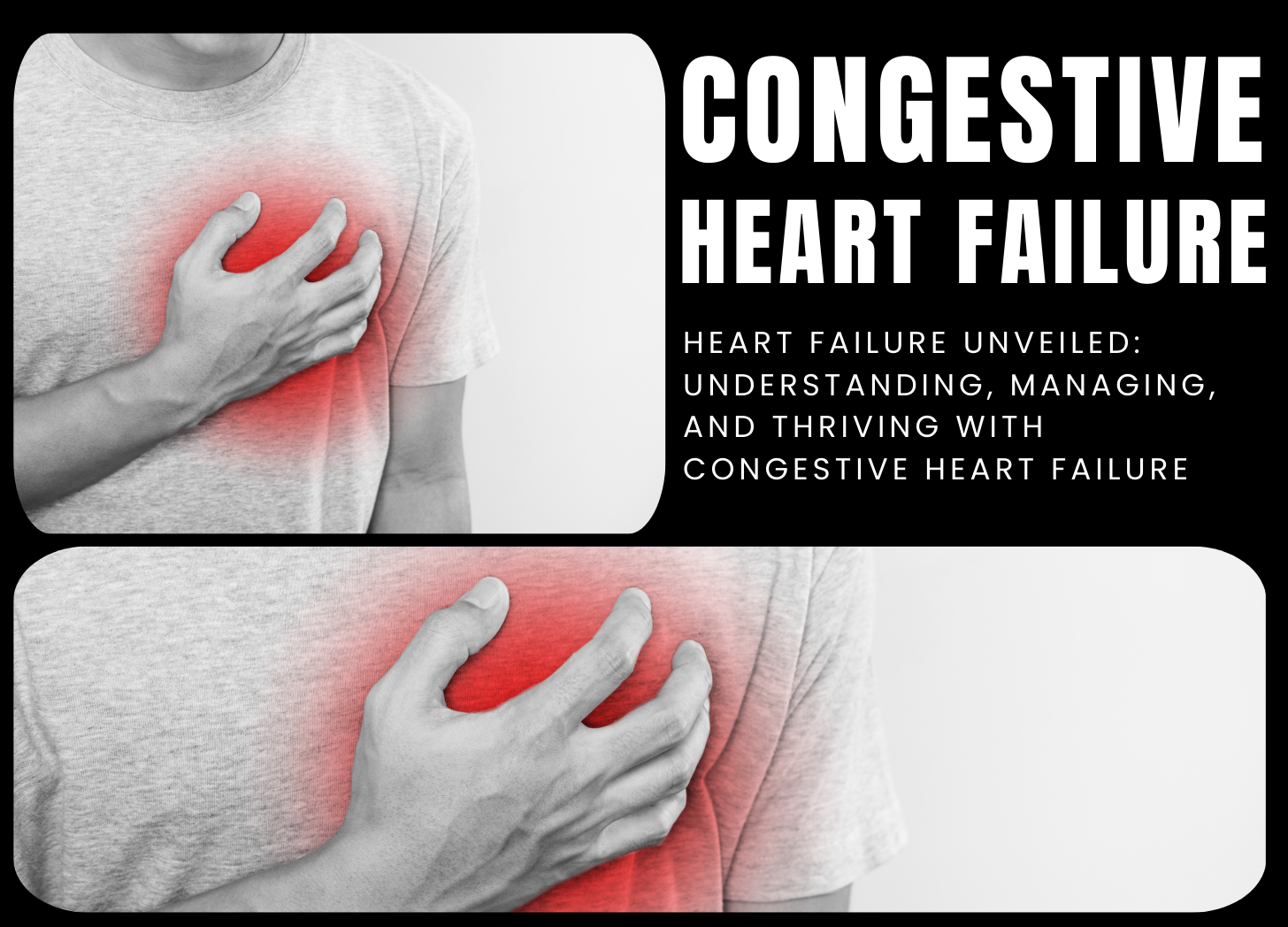
01 Mar 2024
Congestive Heart Failure (CHF) is a disorder that results from a number of underlying health conditions, all of which impair the heart's capacity to perform properly. Coronary Artery Disease (CAD) is a prevalent cause, in which constricted or clogged arteries prevent blood flow to the heart, causing gradual damage and weakening of the heart muscle over time. Another important issue is hypertension, or high blood pressure, which causes the heart to work harder to pump blood, eventually leading to muscle damage and failure. Cardiomyopathy, which is defined by anomalies in…
READ MORE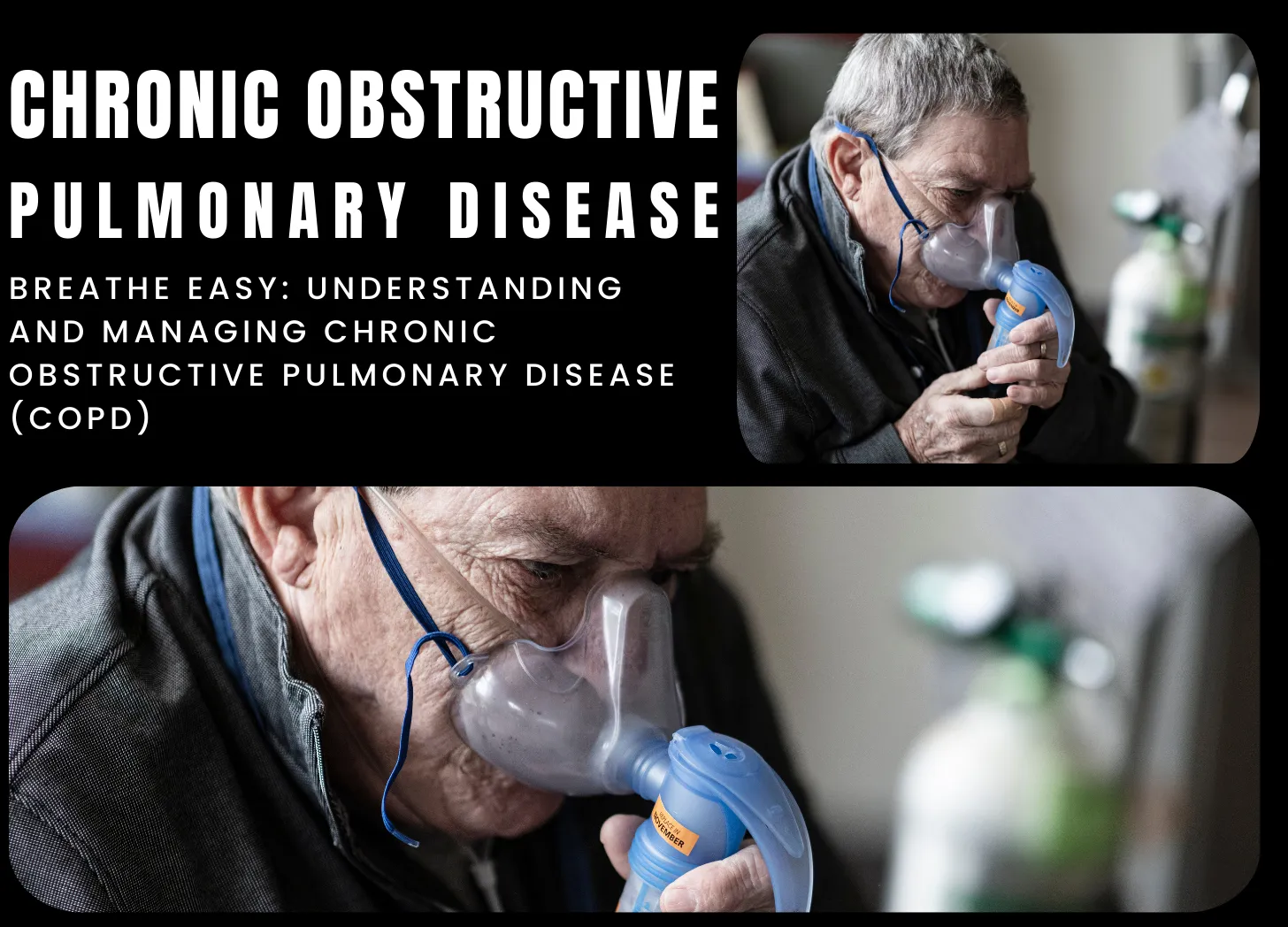
29 Feb 2024
Chronic Obstructive Pulmonary Disease (COPD) is a common and progressive respiratory illness marked by airflow limitation that is not completely reversible. It affects millions of people worldwide, resulting in high morbidity and mortality. COPD is a collection of linked illnesses, including chronic bronchitis and emphysema, and knowing its causes, symptoms, and management is critical for effective treatment and improved quality of life for individuals affected. COPD symptoms develop gradually and worsen with time. Shortness of breath, initially during physical exercise and later at rest, persistent cough with mucus production, wheezing,…
READ MORE
28 Feb 2024
Incontinence is a common and often distressing disorder defined by an involuntary lack of bladder or bowel control. It affects millions of people globally, lowering their quality of life and frequently resulting in embarrassment and social isolation. Understanding the causes, forms, and treatment options for incontinence is critical for both people affected and their caretakers. Incontinence, defined as the involuntary loss of bladder control that results in urine leakage, can be caused by a variety of underlying reasons. Weakness in the pelvic floor muscles, frequently caused by childbirth or aging,…
READ MORE